The US supreme court ruling reversing of the Roe v Wade case which guaranteed a right to abortion in specific circumstances shows that no law is written in stone. A law can be gradually diluted and eroded by restrictions or reversed altogether.
The 2022 review of the Health (Regulation of Termination of Pregnancy) Act 2018 is awaited with interest in this country by many who contributed to its enactment. The Irish 2018 Act needs constant surveillance, as does the right to pregnancy termination north of the Border.
Thirty years ago The Irish Times broke a story that made international headlines. A family was heading to Britain in February to end the pregnancy of their 14-year-old daughter. It was, they thought, a private family matter. But the then Attorney General ordered their return as abortion was a crime under any circumstances. The public humiliation of Miss X and her parents resulted in a court ruling that made termination legal when a pregnant woman’s life was at risk. She later miscarried.
The backdrop was the silent exodus of the around 170,000 pregnant people who left the island for abortions in Britain and elsewhere between 1983 and 2018
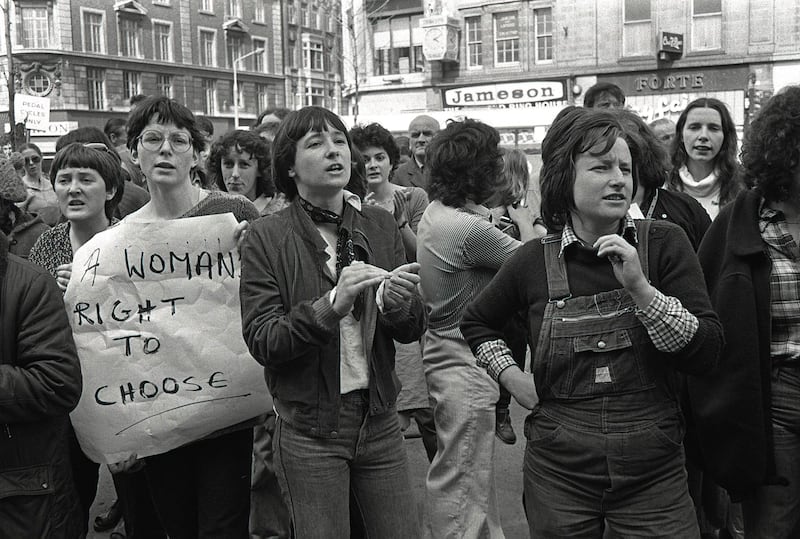

In 2012 Kitty Holland reported on the death of Savita Halappanavar who had been pregnant and was attending Galway University Hospital. In October she went there with back pain and was admitted because she was miscarrying. As her condition deteriorated over the next seven days, she and her husband Praveen repeatedly asked medical staff to end the 17-week pregnancy. Their requests were refused on the grounds of the right to life of the foetus. Savita died of undiagnosed sepsis on October 12th, 2022. An abortion would have been in line with the X Case ruling.
READ MORE
These were turning points in the war against the constitutional article directly responsible for both tragedies. The backdrop was the silent exodus of the around 170,000 pregnant people who left the island for abortions in Britain and elsewhere between 1983 and 2018. The undocumented and those on low incomes who could not raise the required funds were left to their own devices.
Our Road to Repeal photobook, assembled with the guiding hand of expert photographer Derek Speirs and published this month by Lilliput Press, records half a century of a social movement that repeatedly resisted attempts to limit women’s right to control their fertility.
The silence around abortion started to shatter. Women from all walks of life were going public about their experiences
The spark for the project was a question posed in 2013 when, during an informal chat about Irish feminism, a young woman asked older activists: Why did you let the Eighth Amendment happen?
The question was something of a shock, but on reflection we understood where it was coming from. The young woman had not been born the Eighth Amendment was approved by referendum in September 1983. But she had lived in its shadow all her life, and possibly experienced its effects. She was angry. Why wouldn’t she be?
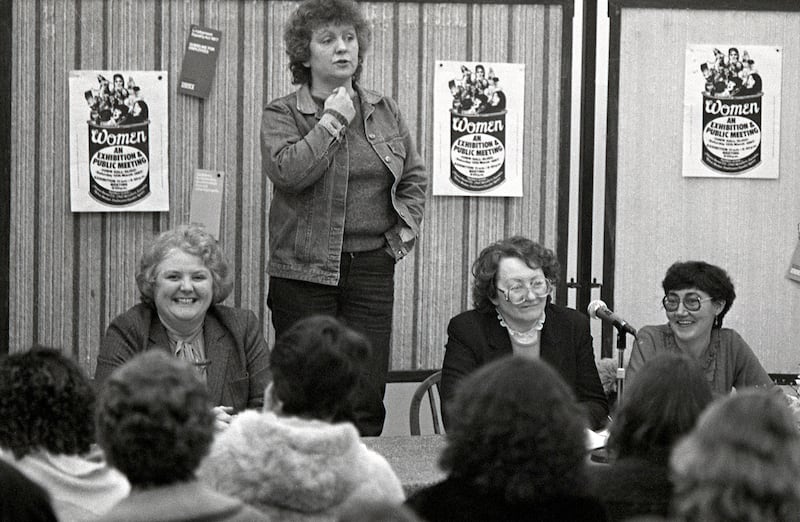
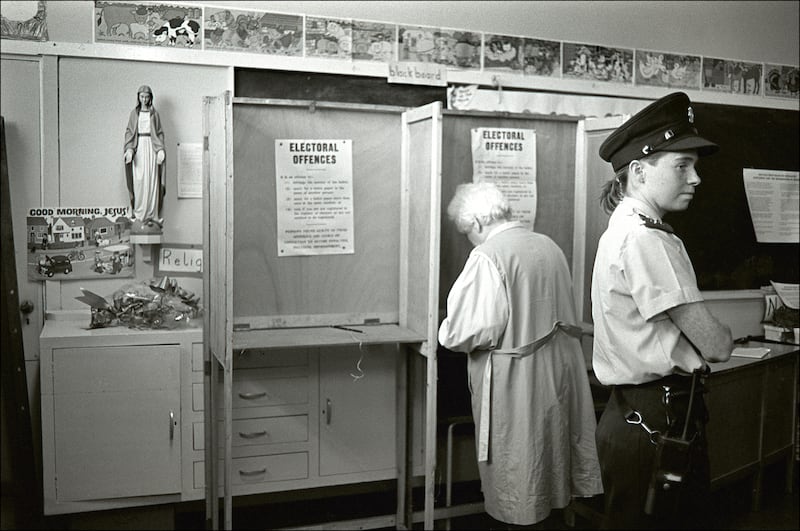

Our attempt to answer her question resulted in Women to Blame, a multimedia decade-by-decade exhibition that opened in Dublin’s Temple Bar in November 2014. “We” in this case were a team of five: us and designers Adam May and Cliona Meldon, plus photographer Emma Loughran.
The exhibition title was inspired by Nell McCafferty’s book, A Woman to Blame — The Kerry Babies Case (1985, Attic Press). This was a feminist take on a 1984 inquiry by the Garda Síochána in Co Kerry into the alleged killing of two babies by a young woman, Joanne Hayes. In 2020, Hayes and her family were exonerated of all charges and the Garda Commissioner and the Minister for Justice apologised.
The multiple international and domestic court cases that crowd the pages of Road to Repeal are an indictment of Church and State
We wanted to put the spotlight put on a dogged people-powered movement that regularly endured setbacks and disappointment, yet regrouped repeatedly to fight for a better, safer Ireland for women.
The Coalition to Repeal the Eighth Amendment formed in 2014 and began to attract support.
The silence around abortion started to shatter. Women from all walks of life were going public about their experiences. Artists, lawyers, doctors, teachers, trade unions and local communities set up their own pressure groups.
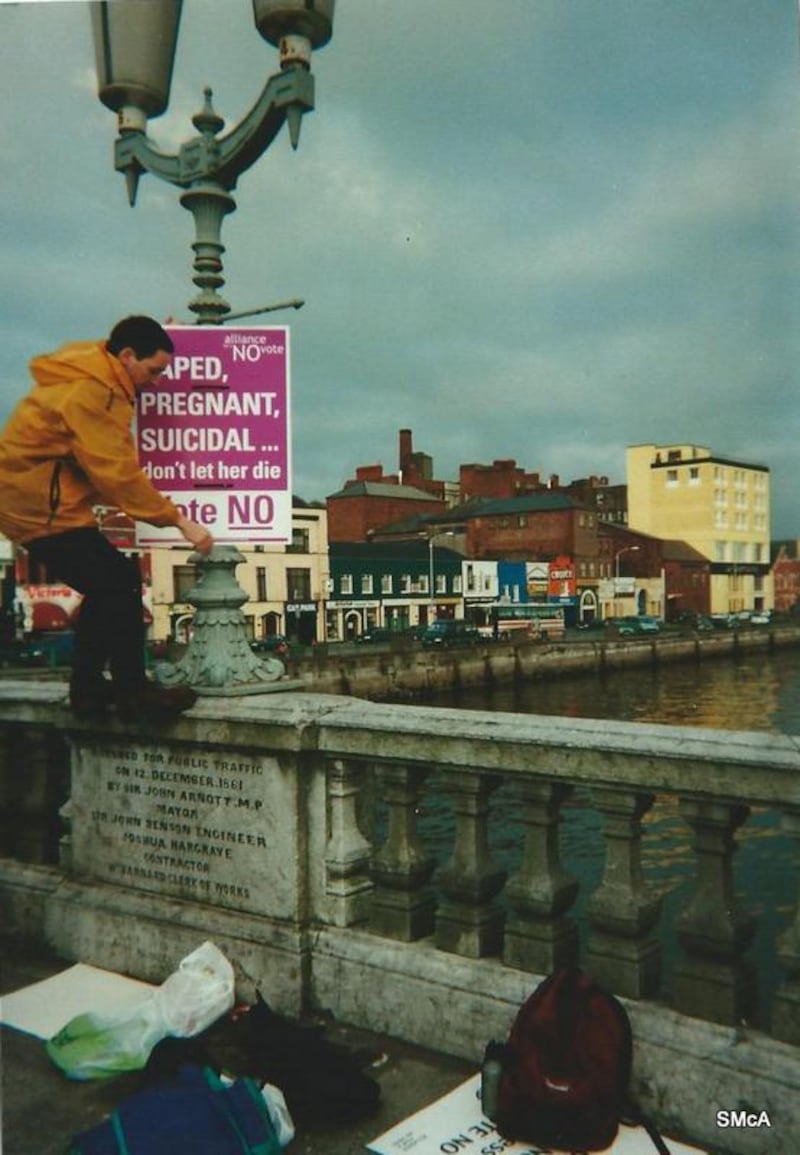
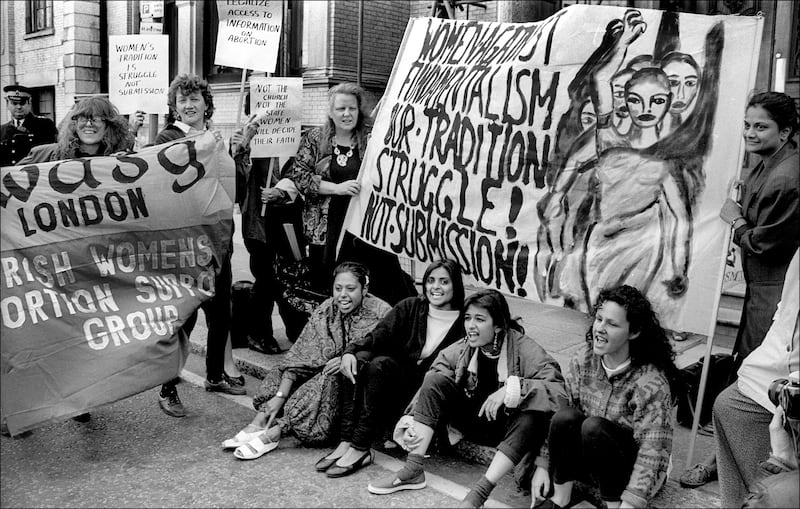
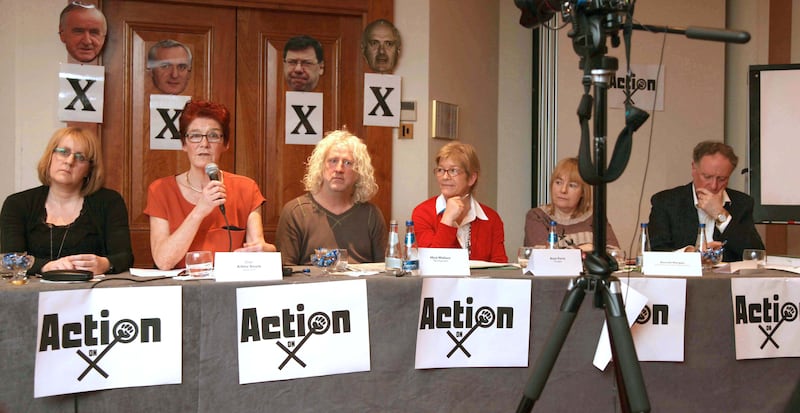
There was revolution in the air. We dared to hope.
In 2013, the Protection of Life During Pregnancy Act, which permitted abortion in cases of risk to the life of pregnant women, had been signed into law. In May 2018, a referendum to repeal the Eighth Amendment was passed by a landslide vote.
Our archive idea resurfaced.
Road to Repeal views the abortion ban as another expression of Official Ireland’s attitude to maternity, to women. Which is why, in the book, we have highlighted the Magdalene laundries, the mother and baby homes, the practice of symphysiotomy, the Anti-D blood scandal, the doctor in a Drogheda hospital who performed unnecessary Caesarean sections and removed women’s wombs without permission, the cervical smear scandal, maternal deaths, fatal foetal anomaly — we could go on.
Abortion may be more accessible to some, but the mindset that gave rise to the Eighth Amendment and the outrages it produced, persist.
The multiple international and domestic court cases that crowd the pages of Road to Repeal are an indictment of Church and State. Some were initiated by pro-choice groups to restrict information and travel; others by those desperately trying to exercise their rights under the X case ruling. Distraught families wanting their wives and daughters to die with dignity had no option but to go to the courts. Each case showed the unworkability of the Eighth Amendment, the tragic situations it forced ordinary people into — and the extremes official Ireland went to maintain it.
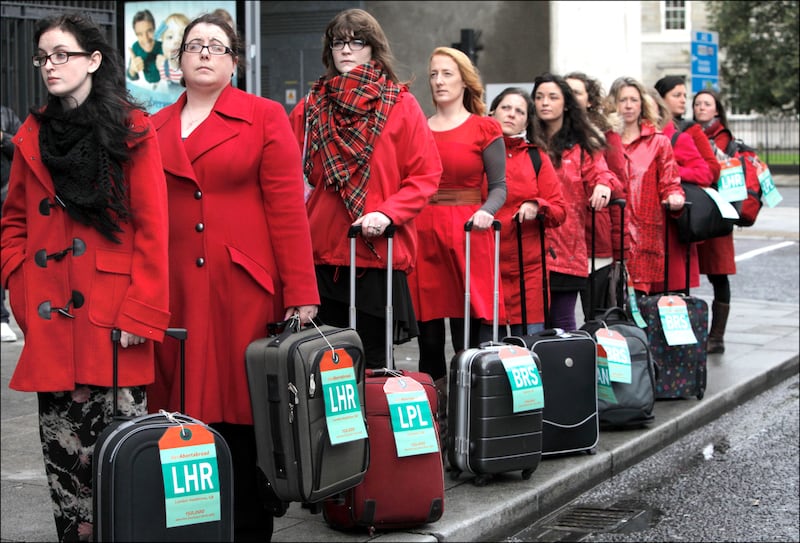
Official Ireland internationalised an abortion ban by inserting a clause or protocol on the Eighth Amendment into the European Treaty of Maastricht in 1992; a protocol that was reproduced in all subsequent treaties such as that of Lisbon. This attracted the attention of many international scholars, commentators and officials in various countries who otherwise would never have known of about it.
Ireland is a different place now. This can be seen most dramatically in the workplace where women make up 51 per cent of workers — a 71 per cent increase since 1998. We are fixed in the public sphere, organising visibly in and outside our unions around our specific demands and needs. Reproductive rights are now a mainstream topic or agenda issue in widely divergent public and private bodies.
Road to Repeal: 50 Years of Struggle in Ireland for Contraception and Abortion edited by Therese Caherty, Pauline Conroy and Derek Speirs is published by Lilliput Press (€25)

















